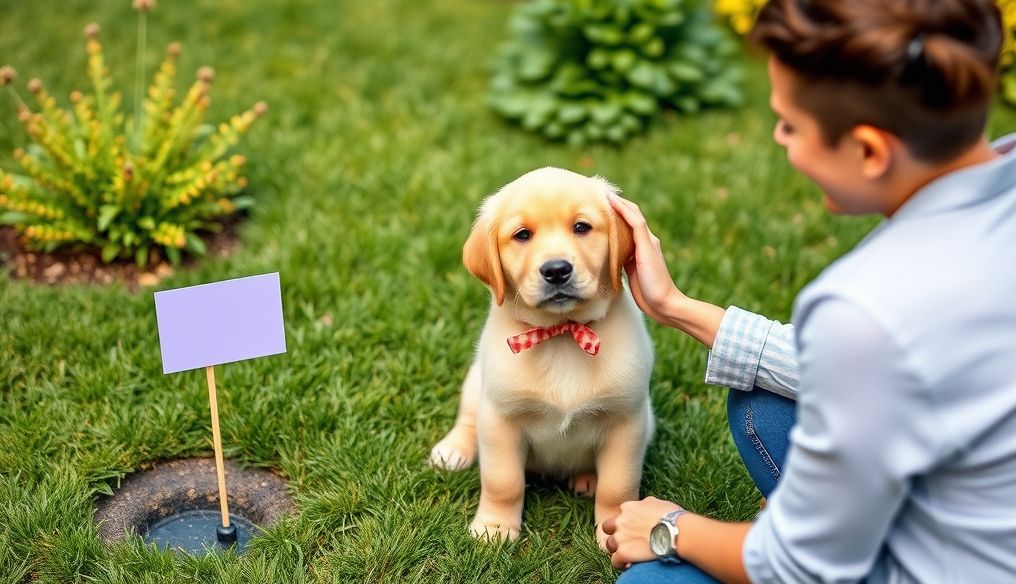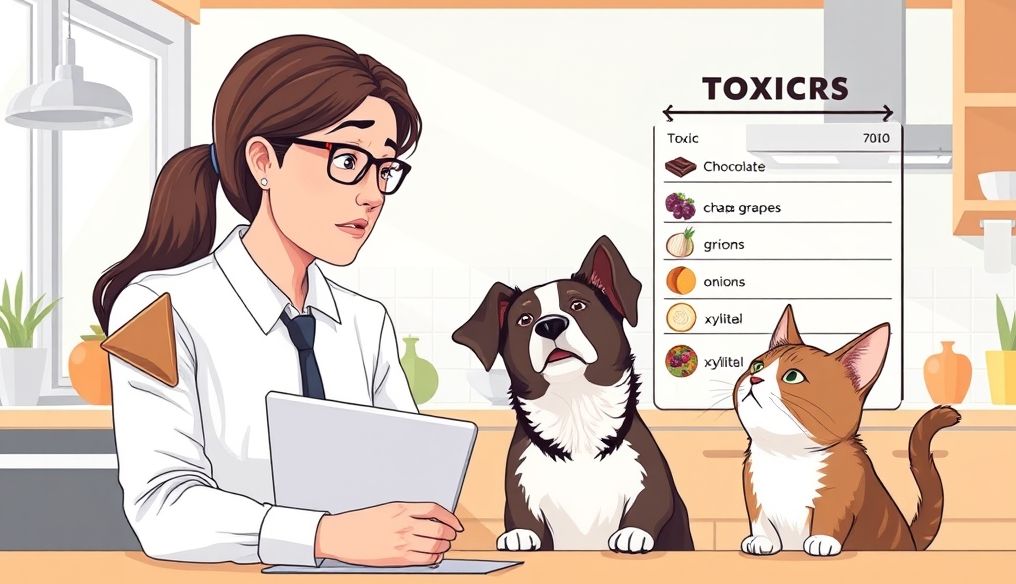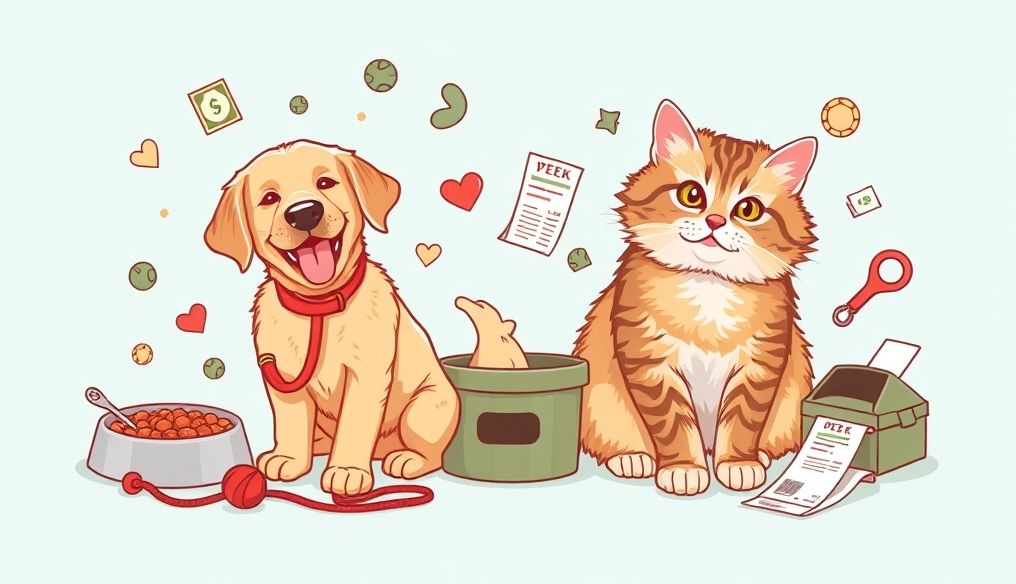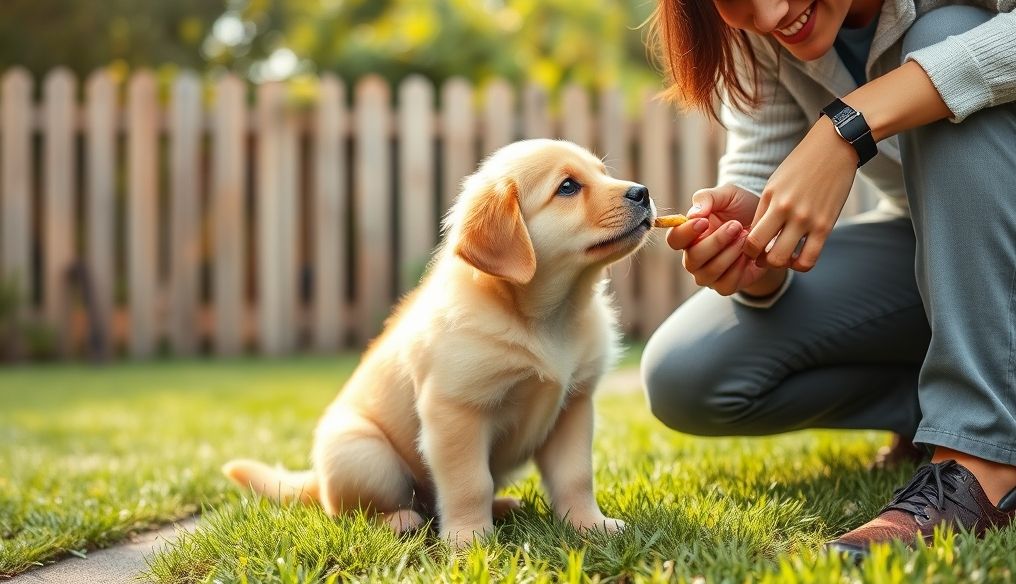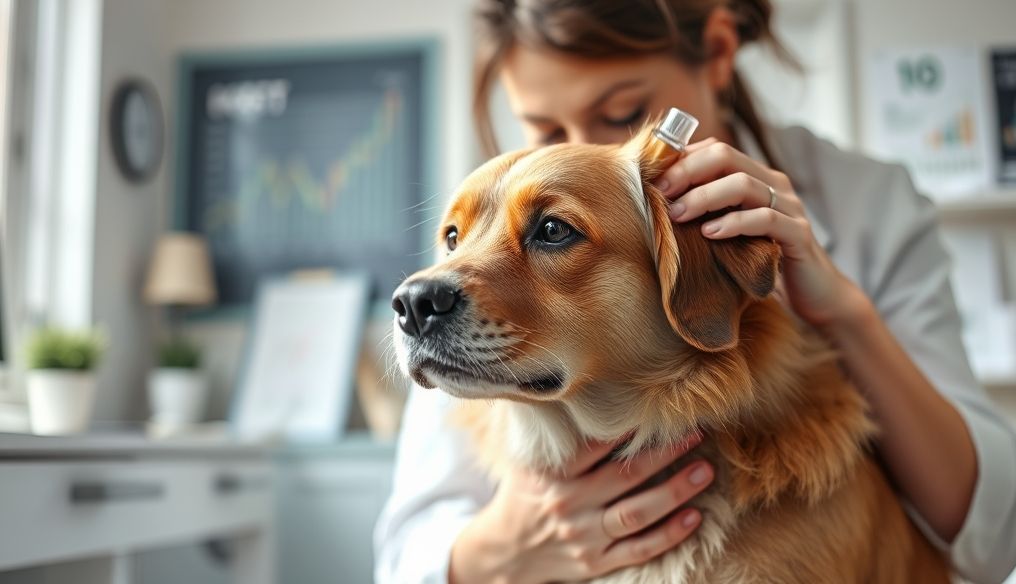How Can I Successfully Potty Train My Puppy?
Welcoming a new puppy into your home marks the beginning of a chapter filled with love and fun. However, before you can fully enjoy each other's company, there are challenges to overcome, the most important of which is potty training. This process requires patience and commitment, but by following the right methods, you can help your puppy learn this essential skill quickly and effectively.
1. Understanding Your Puppy's Needs
Before starting training, it's important to understand your puppy's physiological needs. Small puppies have small bladders and intestines, so they need to urinate and defecate frequently. Typically, a puppy needs to urinate every two to three hours, especially after waking up, after playing, and after eating.
Signs that your puppy needs to pee or poop:
- Constant sniffing of the ground.
- Spinning in place.
- Squatting intermittently.
- Barking or whining.
- Going to the door frequently.
2. Establishing a Consistent Routine
Routine is the key to success in potty training. Create a fixed schedule for taking your puppy out to pee and poop. Try to stick to this schedule as much as possible, even on weekends.
Example schedule:
- Upon waking up: First thing in the morning, take your puppy to the designated potty spot.
- After each meal: About 15-20 minutes after eating, take your puppy outside.
- After playing: Physical activity stimulates bowel and bladder movements.
- Before bedtime: Last thing before bed, make sure your puppy has peed and pooped.
- During the day: Every two to three hours, take your puppy outside.
3. Choosing a Designated Potty Spot
Choose a specific spot in the backyard or another suitable location to be your puppy's "bathroom." Take your puppy to this spot every time you take them out to pee or poop. This will help them associate this place with the need to eliminate.
When your puppy pees or poops in the designated spot, praise them enthusiastically and give them a reward. This will encourage them to repeat this behavior in the future. Use the same phrase every time, such as "Good job!" or "Good potty!".
4. Using Rewards and Praise
Positive reinforcement is the most effective way to teach a puppy to use the bathroom. Always reward your puppy when they pee or poop in the designated spot. Rewards can be a small treat, verbal praise, or even a short game.
Avoid punishing your puppy if they pee or poop in an undesignated spot. Punishment can scare the puppy and make them hesitant to pee or poop in front of you, making training more difficult. Instead, clean up the mess thoroughly with an enzymatic cleaner to remove the odor, so the puppy doesn't return to the same spot.
5. Dealing with Accidents
Accidents are inevitable during the training process. Don't get angry or punish your puppy if a mistake happens. Simply clean up the mess thoroughly and remember that this is just part of the learning process.
What to do when an accident happens:
- Don't punish the puppy: Punishment will make them afraid of you and hide their accidents.
- Clean up the mess thoroughly: Use an enzymatic cleaner to remove the odor.
- Return to the routine: Take the puppy outside as soon as possible.
6. Crate Training
Crate training is an effective technique that can help with potty training. The crate provides the puppy with a safe and comfortable place to feel secure. Puppies naturally don't like to soil their sleeping area, so if your puppy is in a properly sized crate, they will tend to hold it until you take them out.
Tips for using a crate:
- Make the crate comfortable: Put a soft blanket and a toy inside.
- Don't use the crate as punishment: The crate should be a positive place.
- Take the puppy out regularly: Take the puppy outside immediately after taking them out of the crate.
7. Constant Monitoring
Monitor your puppy closely, especially in the early stages of training. Look for signs that they need to pee or poop, such as constant sniffing of the ground or spinning in place. If you see these signs, take your puppy outside immediately.
8. Patience and Consistency
Potty training takes time and patience. Don't get discouraged if your puppy doesn't show immediate results. Be consistent in your methods and be patient with your puppy. Over time, your puppy will learn what is expected of them and will begin to use the bathroom regularly.
9. When to Seek Veterinary Help
In some cases, there may be medical reasons why a puppy is unable to control their bladder or bowels. If your puppy is having difficulty urinating or defecating, or if they are urinating or defecating too frequently, or if there is blood in the urine or stool, it is important to consult a veterinarian.
10. Additional Tips for Successful Training
- Use a leash and collar: This will help you control your puppy and prevent them from wandering into undesignated areas.
- Be positive and patient: Training should be an enjoyable experience for you and your puppy.
- Don't compare your puppy to others: Each puppy learns at a different pace.
- Enjoy the process: Potty training is an opportunity to strengthen the bond between you and your puppy.
By following these tips, you can help your puppy learn to use the bathroom successfully. Remember that patience and consistency are the key to success. Enjoy the process and enjoy the companionship of your new puppy!
